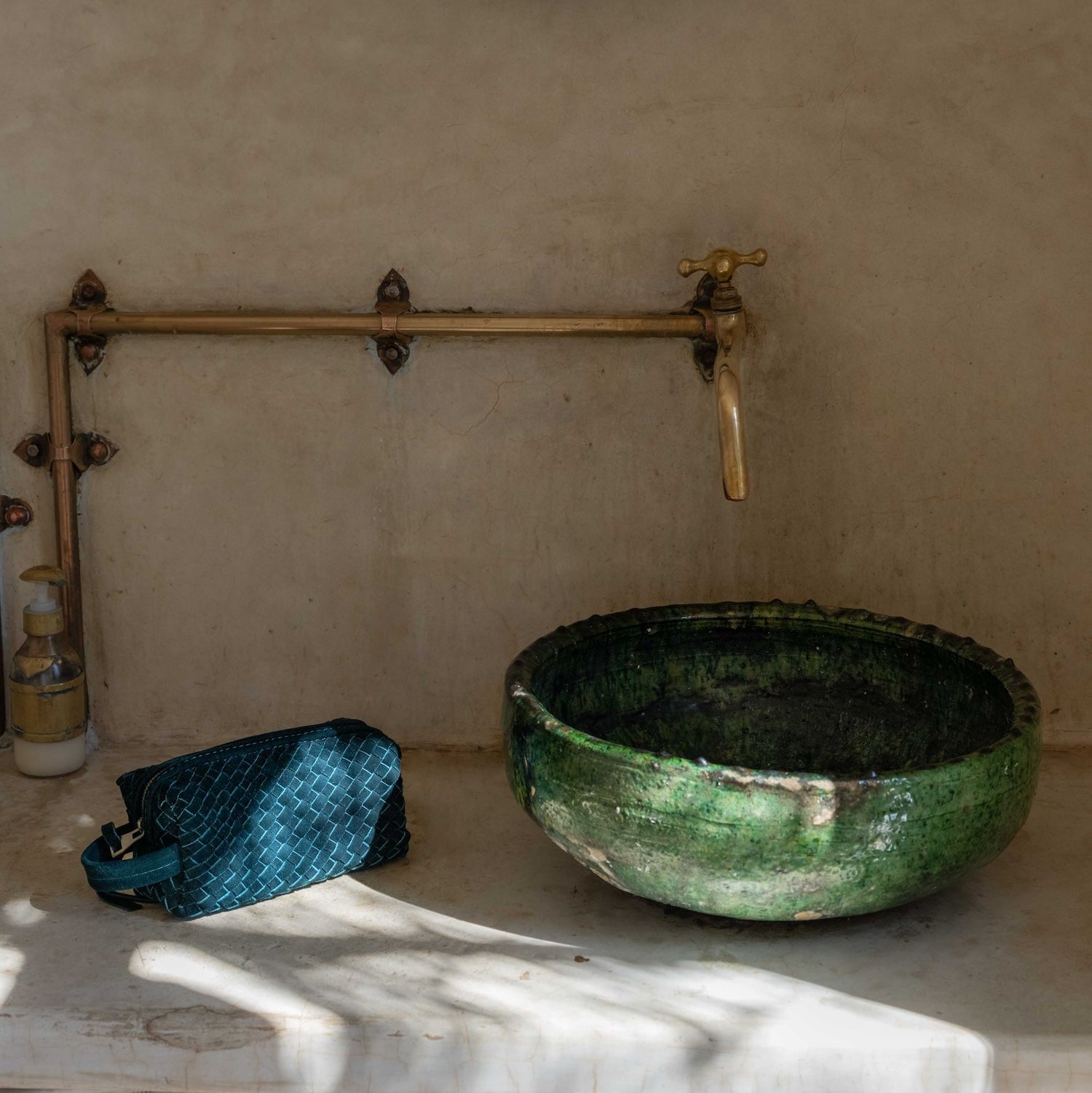Dia de Los Muertos, or the Day of the Dead, is a vibrant and deeply meaningful Mexican celebration that honors the memory of loved ones who have passed away. Nowhere is this tradition more beautifully expressed than in the state of Oaxaca, where the indigenous Zapotec people play a central role in the festivities. One of the most significant and captivating elements of Dia de Los Muertos in Oaxaca is the use of marigolds, or cempasúchil in Nahuatl, to adorn ofrendas (altars) and graves. In this blog post, we will explore the profound significance of the marigold as it relates to the Zapotec culture during this sacred celebration.

The Historical Roots of Dia de Los Muertos
To understand the importance of marigolds in Dia de Los Muertos in Oaxaca, it's essential to delve into the rich history of this holiday. Dia de Los Muertos has deep indigenous roots, dating back to pre-Hispanic times when various Mesoamerican cultures, including the Zapotecs, celebrated their deceased loved ones. These ancient traditions were intertwined with the cycles of agriculture and the belief in the afterlife. When the Spanish arrived in the 16th century, they attempted to suppress these indigenous customs, but instead, they merged with Catholicism to create the modern Dia de Los Muertos we know today.

Zapotec Influence in Oaxaca
Oaxaca, a region celebrated for its extraordinary cultural diversity, has been a cradle of resilience where numerous indigenous communities have managed to preserve their age-old traditions, even in the face of centuries of external influence. Among these indigenous groups, the Zapotec people hold a prominent position, not only for their historical presence but also for the profound contributions they have made to the intricate cultural tapestry of the state. As the largest indigenous group in Oaxaca, the Zapotecs have played a crucial role in shaping the exceptional Dia de Los Muertos celebrations observed in this region. Their traditions, with their deep-rooted ties to ancient Mesoamerican customs, have left an indelible mark on the way Oaxacans commemorate their departed loved ones, adding layers of depth and cultural significance to this captivating celebration. It is within this rich cultural amalgamation that marigolds take on a central role, symbolizing the melding of Zapotec heritage with the broader Mexican identity, making Dia de Los Muertos in Oaxaca a truly unique and profound experience.

The Marigold: A Symbol for the Cycle of Life and Death
Marigolds have become an integral part of Dia de Los Muertos celebrations, both in Oaxaca and throughout Mexico. The bright orange and yellow flowers are often referred to as "Flor de Muerto" or "Flower of the Dead." Their presence is not merely for aesthetic purposes but is deeply rooted in symbolism and tradition.
Marigolds are more than just beautiful blooms in the Zapotec culture; they hold a sacred place in their cosmology, deeply intertwined with their beliefs and worldview. In the intricate tapestry of Zapotec cosmology, the petals of the marigold are seen as radiant symbols representing the sun, a celestial entity that holds immense spiritual importance for indigenous cultures throughout Oaxaca and beyond. The sun is not merely a celestial body in the sky; it is revered as a source of life, energy, and sustenance. In the cosmology of the Zapotec people, the sun plays a pivotal role, as it is believed to be the cosmic force that governs the cycles of life, the growth of crops, and the vitality of the natural world. By using marigolds in their Dia de Los Muertos celebrations, the Zapotec people pay a profound homage to this life-giving force, symbolizing the interconnectedness of life, death, and the cyclical nature of the universe. The bright and vivid marigolds, with their sunny hues, serve as a tangible representation of the sun's energy and are a testament to the enduring Zapotec belief that life, even in death, is a continuous and interconnected journey.

Decorating Ofrendas and Graves
During Dia de Los Muertos, families create ofrendas that are carefully decorated with marigolds, along with other offerings such as favorite foods, beverages, and mementos of the departed. These ofrendas serve as a place where families can honor and remember their loved ones. The marigolds provide a visually stunning and spiritually meaningful element to these altars.
In cemeteries across Oaxaca, families also use marigolds to decorate the graves of their deceased relatives. The vibrant colors of the flowers contrast with the earthy tones of the graves, creating a breathtaking visual spectacle. Families gather at the gravesites to clean, paint, and decorate the resting places of their ancestors.

The use of marigolds in Dia de Los Muertos in Oaxaca is a poignant testament to the enduring cultural and spiritual connections of the Zapotec people to their ancestors and the natural world. These bright blooms represent the link between life and death, guiding the spirits of the deceased back to the world of the living, and honoring the life-giving force of the sun. Through their vibrant petals and heady aroma, marigolds infuse the Day of the Dead with a sense of continuity, reverence, and beauty that speaks to the heart of the Zapotec people and the people of Oaxaca as a whole. It is a celebration of life, death, and the enduring connection between the two.










